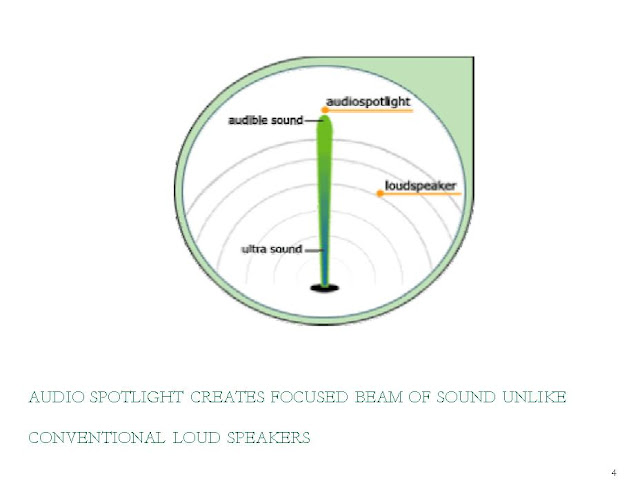Forget nanotech, think claytronics
Videoconferencing is like visiting someone in prison. You talk through a glass wall, but you can't deal with each other in a meaningful way. With claytronics you could fax over an exact copy of your body, which will sit in that conference room thousands of miles away, mimicking your moves in real time and speaking with your voice. Clayronics experts are designing a kind of programmable clay that can morph into a working 3-D replica of any person or object, based on information transmitted from anywhere in the world. The clay would be made out of millions of tiny microprocessors called catoms (for "claytronic atoms"), each less than a millimeter wide. The catoms would bond electro-statically and be molded into different shapes when instructed by software. Think of claytronics as a more workable version of nanotechnology, which in its most advanced form promises to do the same thing but requires billions of self-assembling robots. Processors are getting ever smaller, and at the submilli-meter level, they could communicate and move around independently, thanks to electrostatic forces. This makes the possibility of claytronics even greater. Intel and Carnegie Mellon joined forces in 2005 to cosponsor a project with a team of 25 robotics researchers and computer scientists. Their first breakthrough came when they developed software that can root out bugs in a system where millions of processors are working together. The researchers say they will have a hardware prototype of submillimeter electrostatic modules in five years and will be able to fax complex 3-D models --anything from engagement rings to sports cars -- by 2017. These are the fundamental building blocks for a new world of processing. Intel can see the potential.That potential could change the world. Who needs a TV when you can watch a live-scale replica of Super Bowl LXX being fought out by claytronic football players on your coffee table? Why would a firefighter run into a burning building when he can send a claytronic version of himself? It's computing in 3-D in everyday life.
ESTIMATED ARRIVAL: 2017
SHAPE-SHIFTING: Millions of tiny processors called catoms could turn, say, a laptop into a cell phone. Here's how.Electrostatic forces bind catoms together in laptop form. Some act as antennas, picking up Wi-Fi.The software tells each catom where to go. Catoms are spherical and roll around one another.The catoms arrive in the shape of a cell phone. Antenna catoms are now picking up 3G signals.



Comments